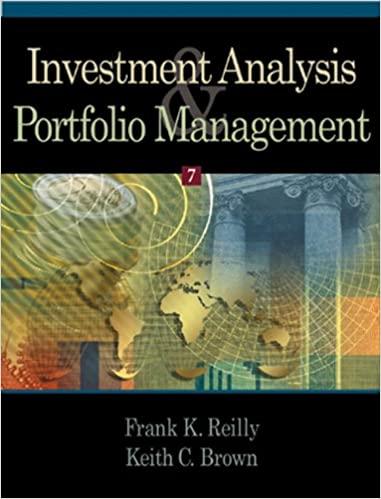Question
2. On September 18, Microsoft Corp. said it plans to buy back as much as $40 billion in stock and raise its dividend 11%, maintaining
2. On September 18, Microsoft Corp. said it plans to buy back as much as $40 billion in stock and raise its dividend 11%, maintaining its record of sharing its flood of cash with shareholders. This is the third time the software giant has authorized a buyback plan of that size in the past six years. The announcement of the buyback follows the company's strong earnings growth from a bet on cloud-computing that helped it beat Wall Street estimates in the fiscal fourth quarter, which ended June 30. Sales rose 12% and profit soared 49% from a year earlier. The company stated that it was on pace to reach the end of its 2016 share-buyback program within a few months. The company had $11.4 billion of that program remaining as of June 30. The newly announced buyback represents about 3.8% of Microsofts more than $1 trillion market value.
-
Based on the signaling hypothesis of stock repurchase, one could argue that the significant return of capital was a signal that management does not have positive NPV projects in which to invest. However, the shares rose 1.2% on the announcement. Why do you think this is the case? Why would Microsoft undertake both share repurchases and increase its dividend? Why not just one or the other? Please discuss
Step by Step Solution
There are 3 Steps involved in it
Step: 1

Get Instant Access to Expert-Tailored Solutions
See step-by-step solutions with expert insights and AI powered tools for academic success
Step: 2

Step: 3

Ace Your Homework with AI
Get the answers you need in no time with our AI-driven, step-by-step assistance
Get Started


